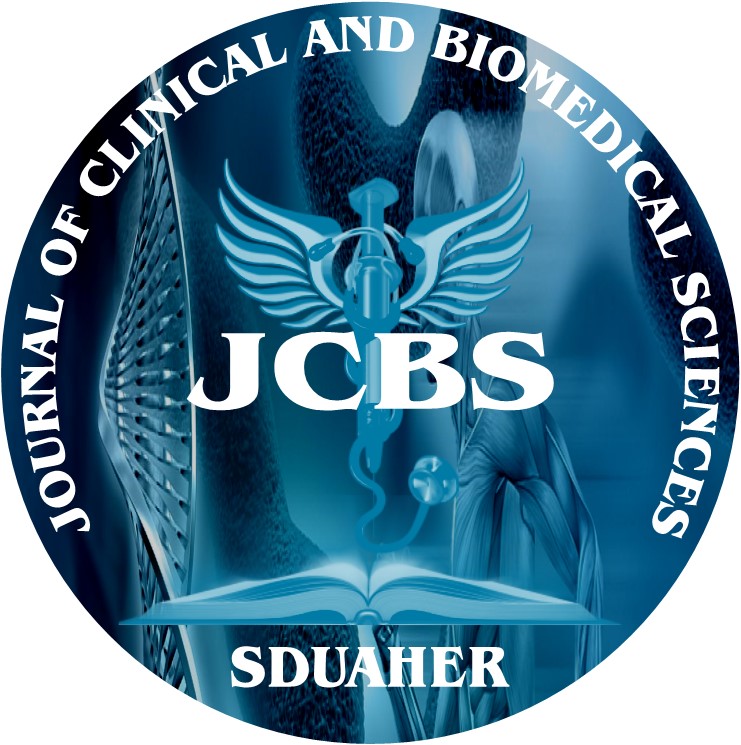


Journal of Clinical and Biomedical Sciences
Year: 2015, Volume: 5, Issue: 1, Pages: 1-2a
Review Article
Dr. N S Kodanda Ram
Prof. & Head, Dept. of Anaesthesiology, Pain & Critical Care ESI Post Graduate Institute of Medical Science and Research, Bangalore, Karnataka, India
Mechanisms of General anaesthesia remain incompletely understood. It has been assumed that anaesthetics have minimal or no persistent effects after emergence from anaesthesia. Currently anaesthesia is conceptualized by its core features of amnesia, unconsciousness and immobility (in the order of decreasing potency), each mediated by pharmacological effects on specific neuronal networks of CNS. The molecular targets of these region- and dose-specific actions have not been defined for most anaesthetics. These could be ligand-gated ion channels involved in inhibitory (GABA and glycine) or excitatory (NMDA and AMPA glutamate receptors) of synaptic transmission, ion channels conducting Na+, Ca2+ and K+ that regulate neuronal excitability and chemical transmission, and pleiotropic intracellular signalling pathways.[1] So it should come as no surprise that this diversity of potential targets increases the probability of both positive and negative non-anaesthetic effects,that range from beneficial to detrimental.Evidence is accumulating to question safety of general anaesthesia at the extremes of age.[2]
Subscribe now for latest articles and news.